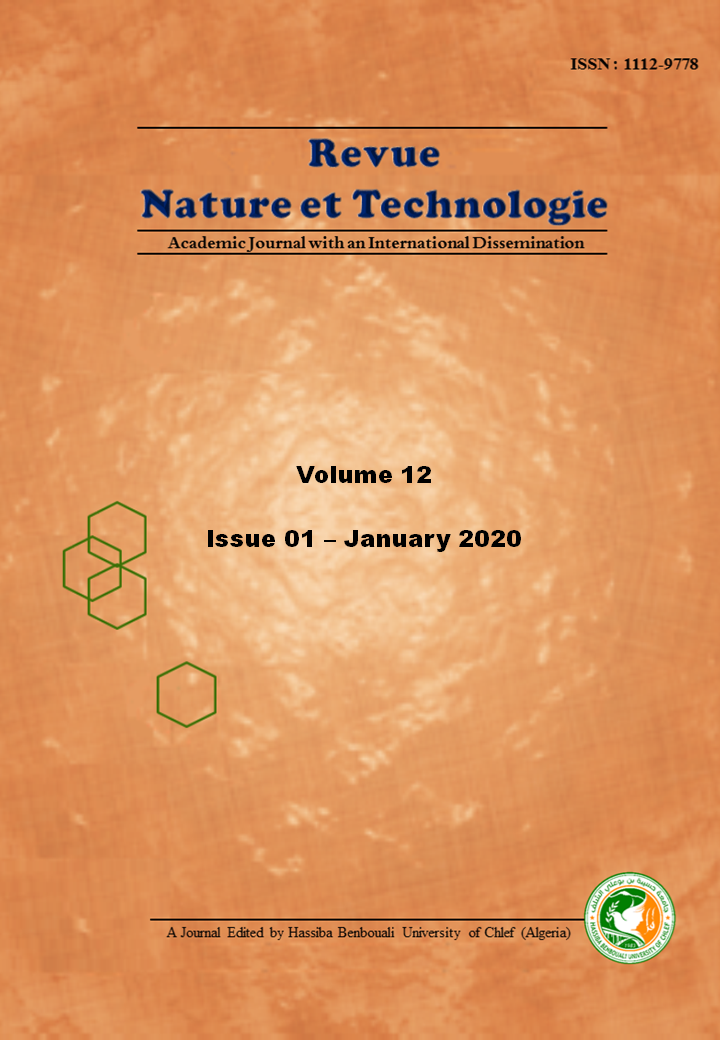Risques de désertification : Sensibilité et limites de la méthode Medalus dans les zones semi-arides (centre de la Tunisie).
Keywords:
DesrtificationAbstract
Environmental indicators are essential tools for tracking environmental risks especially land use degradation. Supporting the
environmental evaluation and research items needs usually a heavy and costly field work. For these reasons, some methods and indicators of risks have gained in importance in many countries and in international reports. As part of their commitment to transparency to real information, public authority increasingly uses a reduced number of indicators or select existent methods to report on major environmental issues. These economic and time justifications cannot nor ignore or hide the disadvantages of these methods apart from their validation areas especially in arid countries. The study concerned the application of a European method for the evaluation of the risks of desertification namely “the Mediterranean Desertification and Land Use or MEDALUS method”, which had deserved more researches to adapt it to the arid conditions. Indeed, testing this method to the desertification risks evaluation of the agricultural land-use in Tunisia has showed its limits. The review of parameters used and the re-calibration of the risks levels to the agricultural units have improved the results of this method in arid conditions. This improvement was limited about 10% (land degradation risks has reduced from 90.5% to 81% of surface studied) when adapted soil quality index to local conditions and re-calibration of risks levels were applied. But these results do not prevent that validation of the method would improve analyzes and understanding of this phenomenon in local conditions.

Downloads
Published
How to Cite
Issue
Section
License
Copyright (c) 2020 Nature & Technology Journal

This work is licensed under a Creative Commons Attribution 4.0 International License.
- All publications of "Nature & Technology Journal" are available under CC-BY Creative Commons Attribution 4.0 International which allows sharing, copying, reproduction, distribution, communication, reuse, adaptation by all means, in all formats and under all licenses.
- Any exploitation of the work or derivative works, including for commercial purposes, is possible. The only obligation is to credit the creators of the authorship of the original works, to indicate the sources and to indicate if modifications were made to the works (obligation of attribution).
This License gives:
- Nature & Technology Journal the right to develop, promote, distribute and archive the article set cited above (including, without limitation, the right to publish the work in whole or in part in any form whatsoever) and ensure the widest dissemination.
- The author (s) reserves the right to use all or part of this article, including tables and figures of his own works, providing that the appropriate recognition is given to the publisher as the holder of the copyrights, and the right to make copies of this article for its own use, but not for sale.




